I’ve traveled a lot in the western United States in the last six years and I’ve seen some beautiful places: Yosemite, Yellowstone, Grand Canyon, Bryce Canyon, Death Valley, the Rockies… the list goes on. Now, after traveling in the western America you expect wild lands, or national parks, to be grand and large: the biggest that, or the deepest this, or the highest something.
I spent the first four months of 2012 in Etosha National Park in northern Namibia. Etosha is grand, somewhat like an American national park in its grandeur, but with a lot more wildlife. I like wildlife and Etosha has a lot of it: springbok, lion, ostrich, impala, zebra, giraffe, rhinoceros, elephant, aardvark, aardwolf, gemsbok, wildebeest, hartebeest, aardbeest… you know things like that.
Now, for someone like me who loves wildlife, having to live in Oslo till 2014 didn’t sound exciting. Well, Norway’s got Svalbard but it is 20 degrees north of Oslo (which by the way is fairly north at 60N). During the last weeks of my stay in Etosha, I was actually feeling sad of going to Norway because I would miss being with the wildlife. On paper, Norway’s got about as many species of big mammals as you will see at an Etosha waterhole on a rainy day (which is not much). However, they’ve got all these birds that are summer migrants so I thought it would be exciting to see the summer/breeding plumages of several birds I used to see in India during winter. There is also a wild population of muskox. And Norwegians claim there are moose everywhere (the Swedes will have something to say about that, I am sure). So, wildlife in Norway wouldn’t be bad I consoled myself.
Two months after the move to Oslo, I hadn’t touched my camera which had been sealed up in Etosha. Even the binoculars hadn’t moved from the place I had put them on the day we arrived. On the short bus rides from our island home to the university, I had seen some barnacle geese, graylags, eiders, gulls that I didn’t want to identify, arctic and common terns, hooded crows and the omnipresent magpies.
That was to change.
A coworker of my wife at the Center for Ecology and Evolutionary Synthesis (CEES) at the University of Oslo was looking for volunteers for her project in the Lofoten islands. The project was to satellite tag basking sharks! I had heard of sharks in the arctic waters before. Sharks that ate reindeer, seals and polar bears. Sharks as big as the great whites. It was going to be a glorious adventure. My wife and I quickly signed up to go on the little expedition.
After we had signed up, I set out to look for information about basking sharks. A quick search on our favorite search engine revealed that basking sharks are a very large sharks and bigger than any other shark except for the whale shark. Excellent. I also learned that these are, like whale sharks, harmless filter feeders. No reindeer or polar bear in their diet, just tiny tiny tiny zooplankton. Ok, what was the “dangerous” shark in the arctic waters that I was thinking about then? Turns out that there is a greenland shark. Yeah, I used to be a competitive swimmer back in school but my knowledge of our marine life could be better, and what better place in the world to start learning about the seas and sea life than in Norway?
If polar bears can be classified as marine mammals then Norwegians should be classified as marine humans. Really. Their life revolves around the seas, boats and fish (fiske in Norwegian). I bet they took to the seas because they were afraid of the trolls that are known to live in the Norwegian boreal forests. Whatever the history, or the myth, Norwegians love the seas.
We flew to the town of Bodø, north of the arctic circle, from where we were to take a ferry to the Lofoten islands. It was my first time in the arctics, but the weather was just like a great day in California, or Bangalore. The gulf stream does a lot of moderating of the climate and it is probably what keeps such northern places from being icy and uninhabitable. We hopped on to a local ferry that would take us across the vestfjord (west fjord) from mainland Norway to the town of Moskenes in the Lofoten islands. The ferry service boat was the largest boat I had ever been on and it was a gentle introduction to the seas on which we would be spending the next few days.
We arrived in Moskenes and checked into our little hotel near the fishing village of Å. Å is a pretty village with a very nice name. It apparently got its name because it is the southernmost of the tip of the Lofoten islands. In Å, there is a little red house that is notorious: it was the place where cod-liver oil was invented. Or discovered. Or first made. Norwegians get about 30 seconds of sunlight in winter and 32 seconds of sunlight on a summer day. The rest of the time it is either night or raining. Without sunlight there is no vitamin D, but thank Thor, and Å, for cod liver oil. And fish.
We set out early the following morning to go to our base camp in the fishing village of Ballstad. We would be taking the bus through Lofoten. We had heard tourists take this bus journey just to sightsee and we could see why when we arrived at the beautiful village of Reine. And it wasn’t just Reine, all through the several hour ride through the Lofoten, gorgeous scenery abounded.
At Ballstad, we setup our tent on the tundra vegetation at the base of a mountain near empty cod drying racks (called hjell, pronounced something like “yall”). Drying cod (and other fish) in the cold air of the arctic is among the oldest methods for food preservation. Norwegians love their fish, and dried cod is used to prepare some very popular Norwegian foods like lutefisk. I think it’s going to be very difficult to get used to Norwegian foods if you grew up in India or lived in California of the 21st century and have always had spice in your food. Maybe a hundred years ago, visitors to Ballstad would have to be content with various forms of fermented fish or that occasional whale steak for food. However, there’s none of that fear today thanks to globalization of our markets. The market in Ballstad has foods and spices from all over the world – including rice, “Indian” curry powder, turmeric powder, salt, pepper and even “tandoori spice.” Yeah, we didn’t have to worry about having to live on bread, cheese and caviar.
Before we started out on our shark-finding mission there was a mandatory safety briefing from Dr. Gore who was heading the search. We were all told our roles on the boat, the protocol in case of an emergency, the protocol if someone went overboard and most importantly how to look out for sharks! The word to looked forward to hear was “Shark” and the words I didn’t want to hear were “Mayday, mayday, mayday” or “Man overboard.”
With the instructions fresh in our minds, we moved out of the harbor in our boat, an Arvor 230. It was a beautiful day with a gentle wind. We first hugged the coastline and then went to a fjord that connected the vestfjord to the Norwegian Sea and the open Atlantic ocean. The waters close to the Lofoten islands are quite shallow in places and also very rocky. Thanks to modern GPS technology and modern maps, navigation is somewhat easier these days. We zigzagged our way around small islands toward the open ocean. Currents and tides help shape the movement of zooplankton and filter feeders use the currents to their advantage. As we started moving closer to the open ocean, the waters got rougher. There a lot of white water around us now and in the distance we saw the Atlantic where there was more white water in the form of breaking waves. It was decided that the waters were a little too choppy to see any sharks or even if we saw any, it would be difficult to tag them. So, we turned around to stay in the more sheltered waters of the fjords.
As we kept looking for sharks, we couldn’t help but notice two huge birds patrolling the waters. They were a pair of white-tailed eagles. White-tailed eagles are closely related to the American bald eagles, but have a much bigger wingspan — which makes them look much, much bigger. White-tailed eagles are very rare in their distribution range, but they are common in the Lofoten islands! I hadn’t done my birding homework, but was amazed that unwittingly I had stumbled into one of the best places in the world to see this rare and majestic bird.
We watched the eagles in awe for sometime but we had to move on for our work of finding basking sharks. We found out from the maps that about 10 kilometers from the coast, the water depth suddenly dropped from 400 feet to a 1000 feet. The researchers agreed that was a good place to go to because there would definitely be more activity there. We headed out into the sea leaving the protection of the tall mountains of the Lofoten. The sun had now disappeared behind a veil of grey clouds that had moved in. Thankfully, the wind had died down to a zephyr which meant there was no white water and it looked very good to look for fins on the water surface.
As soon as we had arrived at the ridge we saw two dark bodies with dorsal fins surface and then quickly dive into the water. Dr. Gore immediately identified them as Minke whales. We wouldn’t see them again. Minke whales are hunted in these waters and they’ve learned to keep their distance from the boats and keep their surface time to the absolute minimum required. I was told that while the fins of whales and dolphins would break the surface and go down, a shark’s fin would be stable when visible because don’t have to breathe air from above the water surface. That was useful information because I now knew I had to watch for stable, slow-moving fin movement along the surface.
We didn’t see any sharks, but we saw a small pod of unidentified dolphins. We saw lot of gulls, puffins, shearwaters and then a beautiful gannet that did a flyby. The grey clouds then opened up and it started drizzling. It wasn’t raining hard enough to send me into the shelter of the cabin, so I stood out and kept watch for fins. Suddenly, quite some distance away, I saw fins. Lots of fins! The gulls were in a frenzy around where the fins were. It was unmistakable. No other animal has a very tall triangular fin. It was a pod of orcas, the world’s largest dolphins.
I shouted out the discovery and there was a lot of excitement on the boat. We started moving towards the huge animals. Orcas are the apex predators of the ocean. Teamwork, individual strength, hierarchy, communication and power to learn and understand are apparently good traits. I had seen them before off of Monterey in California years ago, so it was exciting to see the beautiful animals once again. We stopped at about 100 meters away from the pod. Keeping our distance would be a good thing because half the pod was bigger than our little boat and they are known to do some very interesting things to get their prey. Now, I’m not sure if they thought we were prey but we could sense there was some excitement in the orca pod about our boat. The older ones just went about their business, but the younger ones headed straight to the boat. They were coming to check us out!
Two of the orcas came at battle speed towards the side of the boat and just when it looked like they were going to crash, they dove and did the incredible thing of turning upside down as they passed under the boat. Apparently, it is a common thing for the orcas to do when they want to check out boats because that’s the direction in which they can see best and they want to get a nice look up as they swim under the boats. Too bad I didn’t know that then, or else I would be trying to take a picture instead of thinking we were going to crash!
After the upside down investigation, we saw two orcas (same ones?) spy-hopping quite close to the boat. Now that they had seen the underside of the boat, they wanted to get another perspective perhaps. The young orcas kept around the boat but the adults were quite far away. That’s when we saw the bigger orcas flapping their tails on the water. It was perhaps some sort of a communication, because some of the orcas closer to us also started the tail flapping. And then one of the orcas did an amazing: a full backward flip in the air just in front of the boat. That signaled the end of the orca show, as they moved swiftly to regroup with the bigger orcas in the distance.
It was now almost 9pm. However, the sun was still high up above the mountains. Nights don’t happen in the Lofoten in August. We decided to head back to Ballstad and anchor for the night. After our modest packed dinner of bread and cheese we hopped into our tent on the tundra and slept through the sunny night. I had never camped on tundra vegetation before, but it is great place to put up a tent. The vegetation covered floor is soft and spongelike and adds natural cushioning. I bet, it’s not the same in the winter when there is probably several feet of snow and ice on the ground.
After a fantastic first afternoon of seeing whales, orcas and birds, we expected to get lucky with more animals the next day. However, we traveled the entire stretch of the Lofoten for the next three days and saw little more. We saw lots of false sharks like floating debris, a few more minke whales and a lonely seal but nothing else to write about.
Our mission to find sharks may not have achieved its primary goal, but we did end up seeing a lot of great wildlife. And more importantly we understood the importance of boats, fish and the sea for the Norwegian way of life. It is certainly very different from what I was used to in India, America and Africa. If you’d like to experience Norway, I would recommend doing so in a boat.
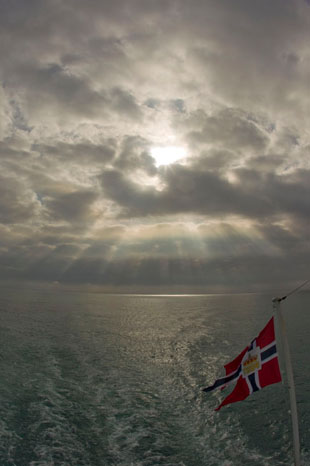
The north sea. Looking toward the north pole.
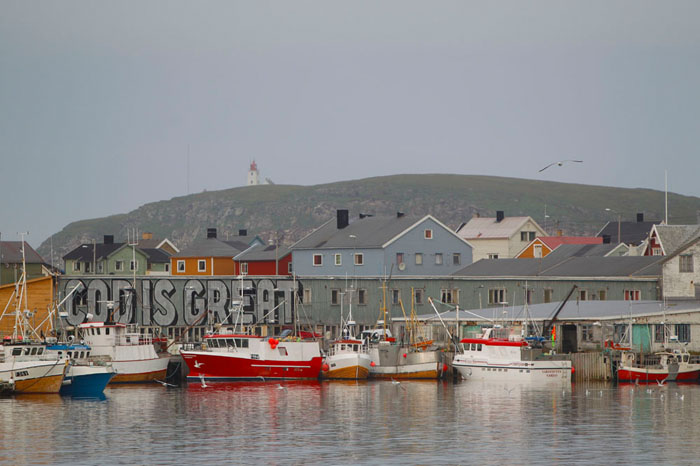
Cod is great says a graffiti in a Norwegian fishing village

The village of Å, and the house where cod liver oil was first made
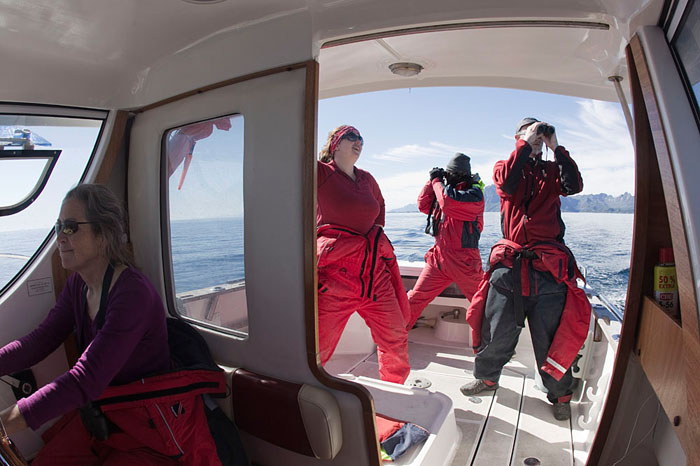
Looking out for sharks
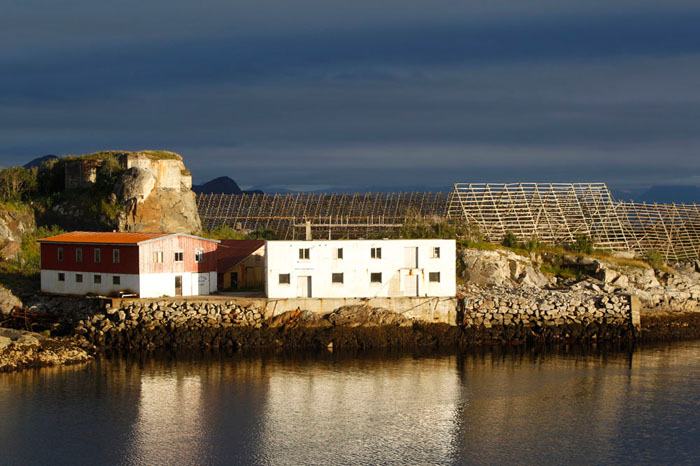
Empty cod drying racks in Svolvær
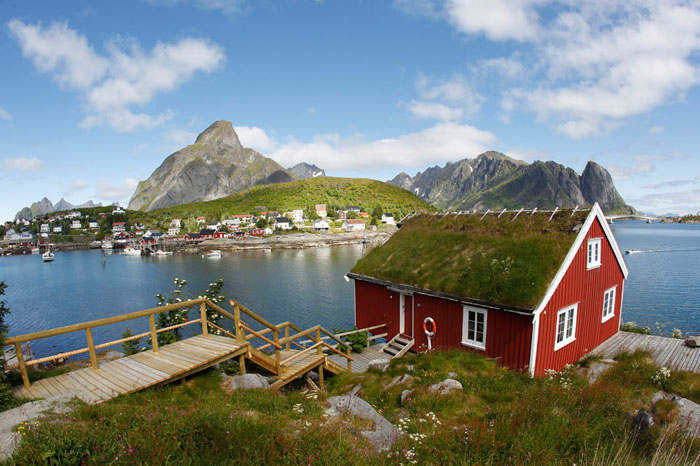
Reine. Beautiful red houses with sod roofs, so typical of Norway
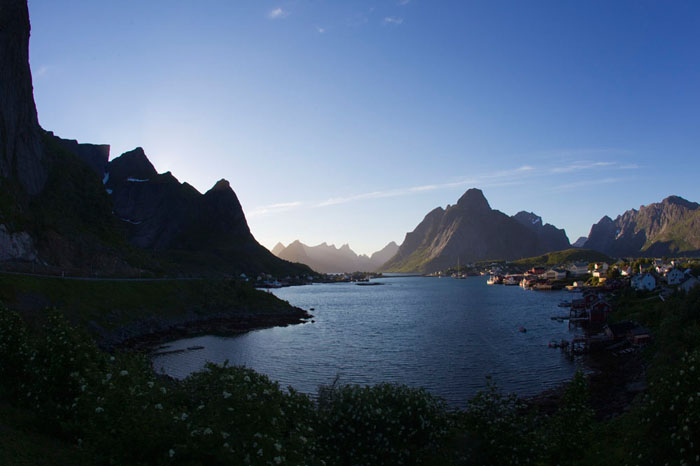
The beautiful Reine fjord at midnight!
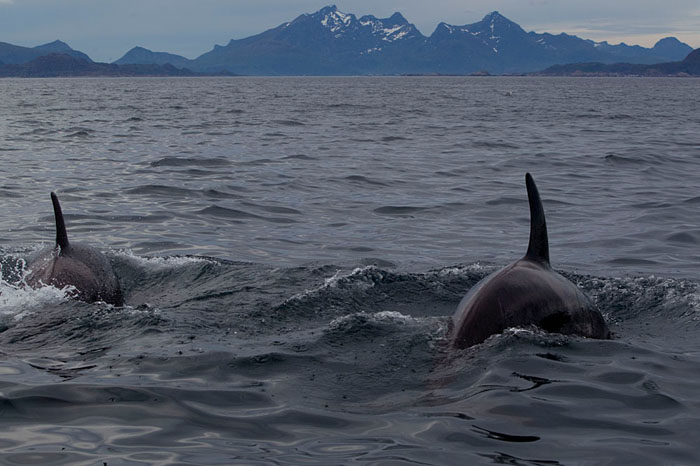
Two of the inquisitive orcas
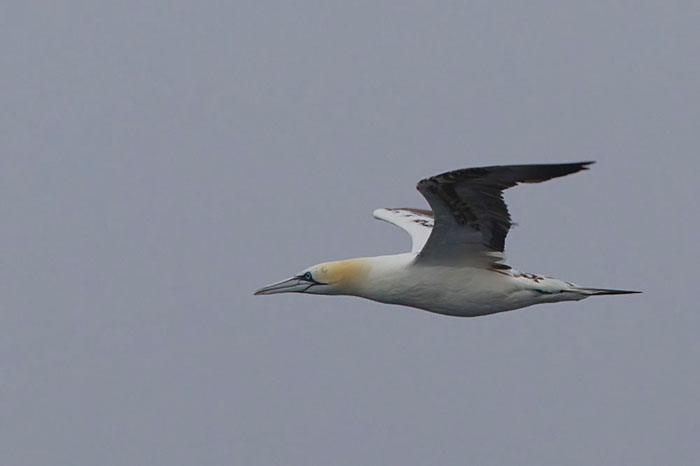
A gannet. My book says it’s a 3rd calender year bird
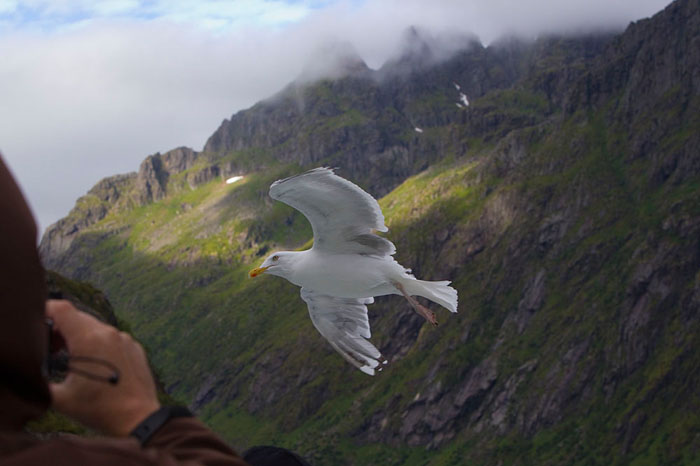
Gulls are bold enough to come really close to the boats
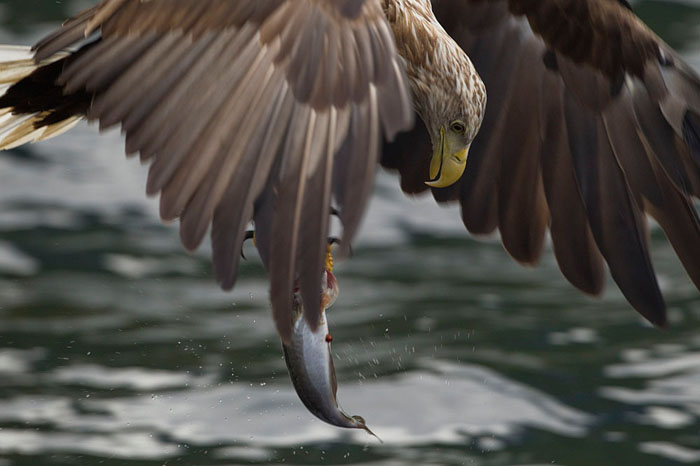
White-tailed eagle with a catch
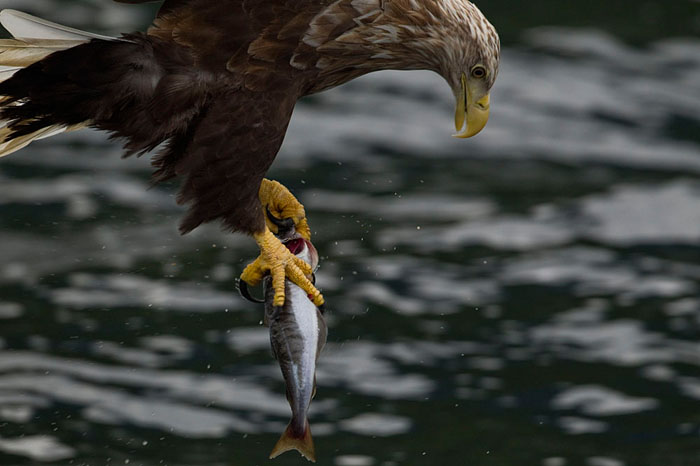
White-tailed eagle with a catch
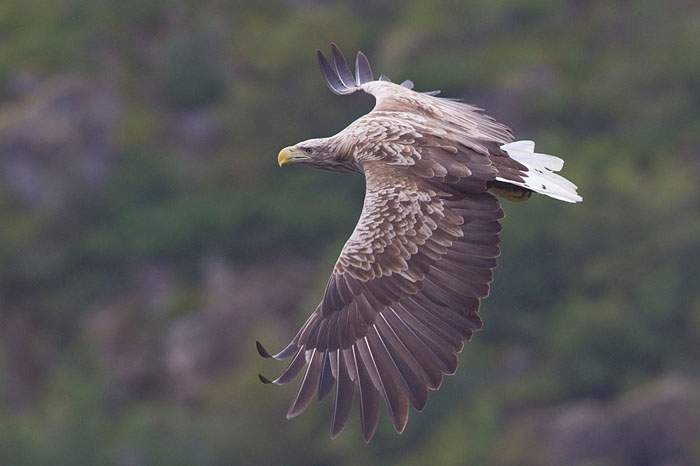
White-tailed eagle flyby
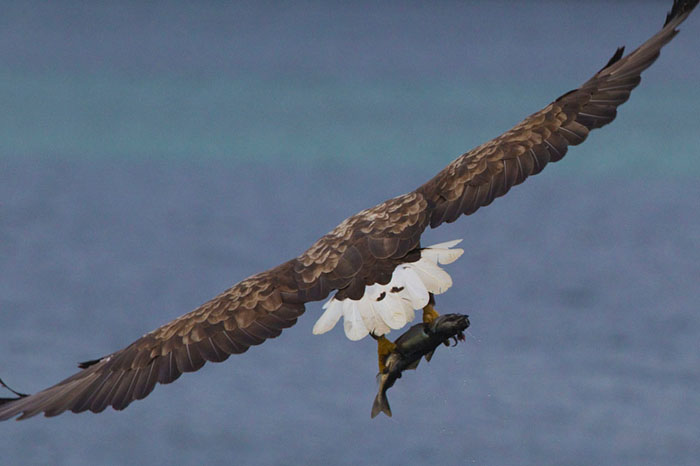
Going off with its catch
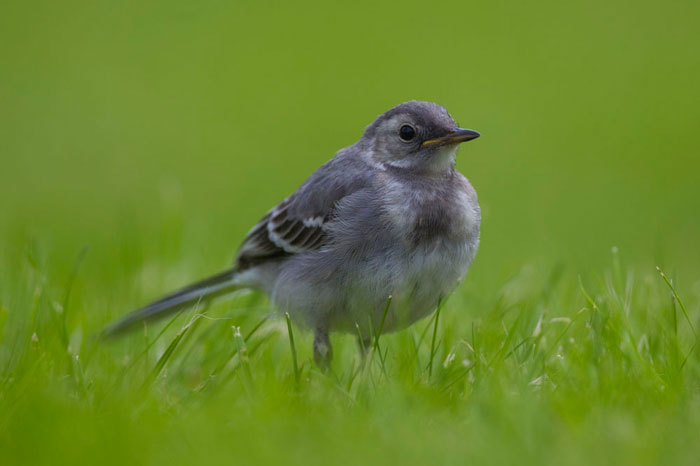
A juvenile white wagtail